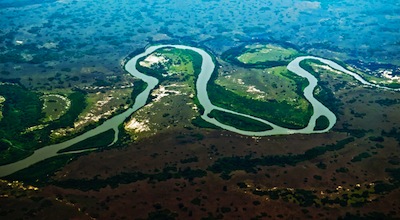Photo Gallery, Património Mundial
A second hydroelectric project was started on a river that runs through Virunga National Park in eastern Democratic Republic of the Congo.
and the Spanish Network, UNESCO School in South East Europe represents a unique educational opportunity to enhance capacity-building in sustainable energy by conveying in a single venue a substantial capital of knowledge 12.5 megawatts of clean energy to communities living around the park, more than doubling the existing hydroelectric capacity. The facility is also expected to provide fresh drinking water to more than one million nearby residents.
Funding for the US$19.7 million project was provided by American philanthropist Howard G. Buffett.
According to a statement by Buffett’s foundation, “The provision of electricity will boost the agricultural transformation industry from coffee, livestock, fish and support post-conflict industries such as tourism, thereby increasing rural employment and farmers’ revenue in one of the most impoverished areas on earth. The sale of electricity will also fund the park’s protection for the next 75 para 100 anos, thus securing the area as a pristine World Heritage Site and home to many unique species including the endangered mountain gorillas.”
Analysis commissioned by WWF found that hydroelectric plants powered by Virunga National Park’s watershed have the potential to generate US$10 million per year and could spark an economic stimulus leading to the creation of 10,000 jobs.
Sustainable development of hydropower, fisheries and ecotourism in the World Heritage Site present an alternative to potentially damaging oil extraction, which is currently being pursued by an UK company. Soco International PLC is planning to begin invasive exploration activities on Virunga’s Lake Edward, which provides fish and drinking water to 50,000 pessoas.
Fonte:
WWF global
















